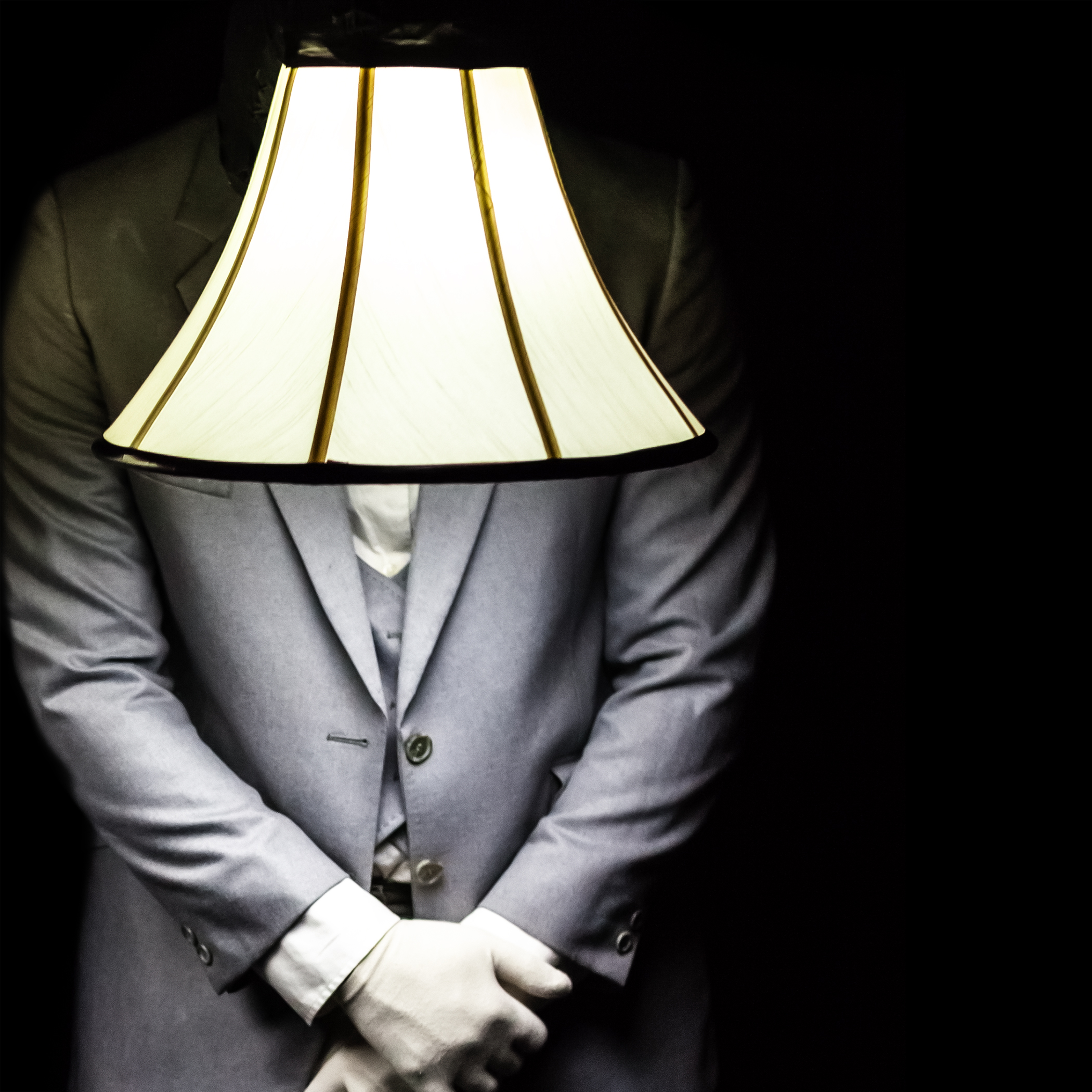James and Jamesy in the Dark – Enlightenment Meets Lightness

Aaron Malkin and Alastair Knowles bring a fine level of clown and mime skill to this Beckettian set and script that gently remind each of us that there is more to a person than meets the eye.
Starting in darkness, small selves emerge, and the discovery continues—revealing the distinction of self from other, vulnerabilities, pleasures, and finally the fondness of the bonds that form when we are brave enough to engage one another. The performance deals with an existential question of creation: Why do you set the stage for the next step?
The how of setting the stage is pared down to the bare essentials of darkness; light; monologue leading to dialogue, which leads to the awareness of “they”, the audience; and gentle engagement, which is perhaps risky for the performers, though not for the audience.
The engagement is simple enough—fingers walk around like little people (something we all know how to do, but where they go, what they do, that requires making choices). It is surprising how in a dark room with hands lit by the headlamps of focussed artists we can so easily enter the play world of possibility. The artists are careful here about how they invite participation, and for those who want to there is room to help shape the creation. (If you don’t want to participate, I think you’ll be safe sitting in the back.
The head gear—Borg-like helmets fitted with reading lamps and invisible switches—help to transport us to a Steampunk kind of place where the big questions feel appropriate, and the smallest discoveries feel wonderful (like the first time the two characters touch each other and recoil with the electric shock of the encounter and then return and continue their exploration of self, other, twoness and “they”).
I like these kind of existential performances, especially when they’re executed with grace and humour as this one is. And there is much more optimism in the encounters than in the theatre of despair or the theatre of the absurd. There is a feeling of compassion induced by this work. A few audience members in the performance I attended left midway, perhaps not wishing to engage in the big questions, perhaps distressed about the invitation to join finger puppet play, or perhaps simply disoriented by the dark and light and dreamlike characters wearing lampshades.
I liked this performance a lot. I’ve been reflecting on it for a few days now, wondering what it was about it that made me appreciate it so much. I want to see it again.



